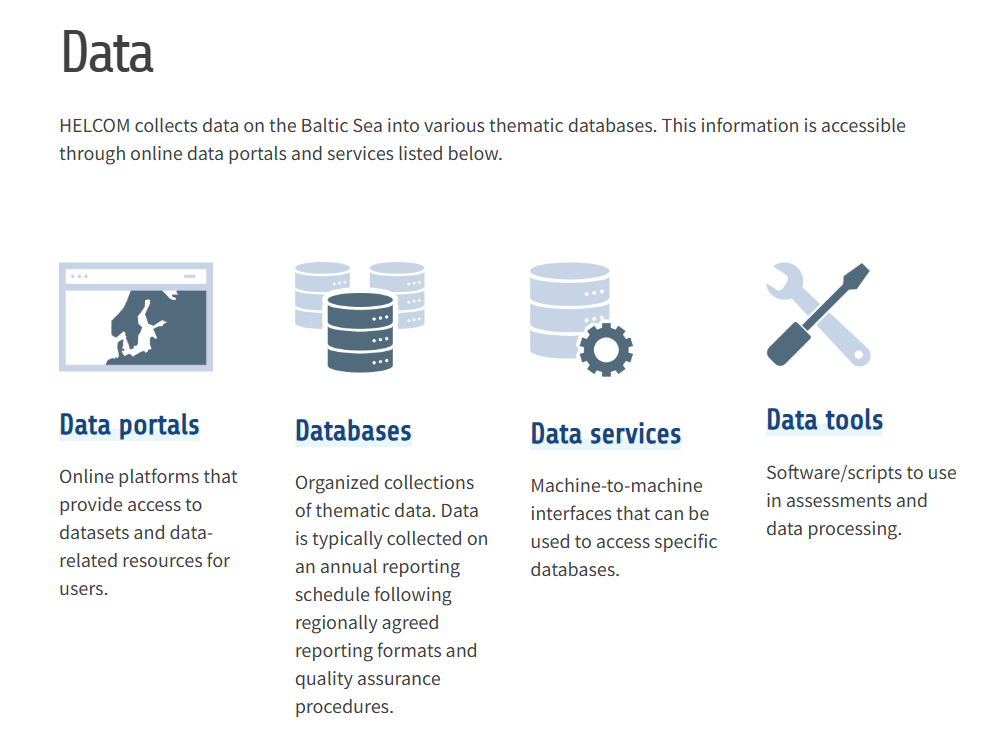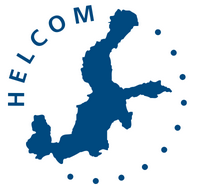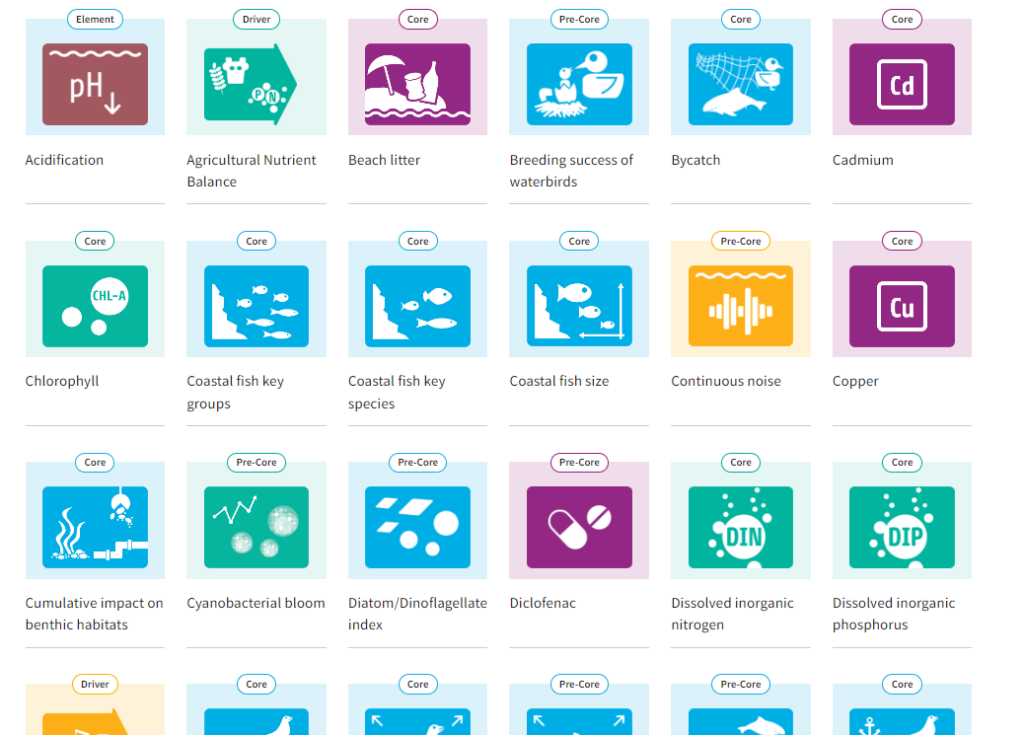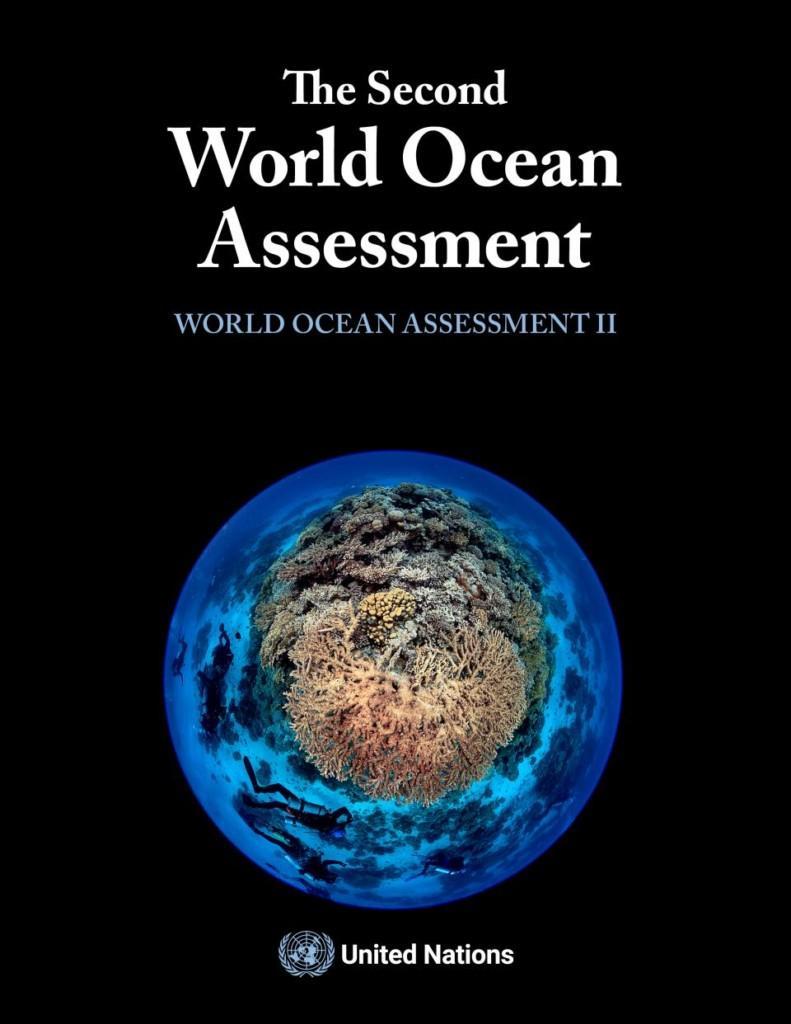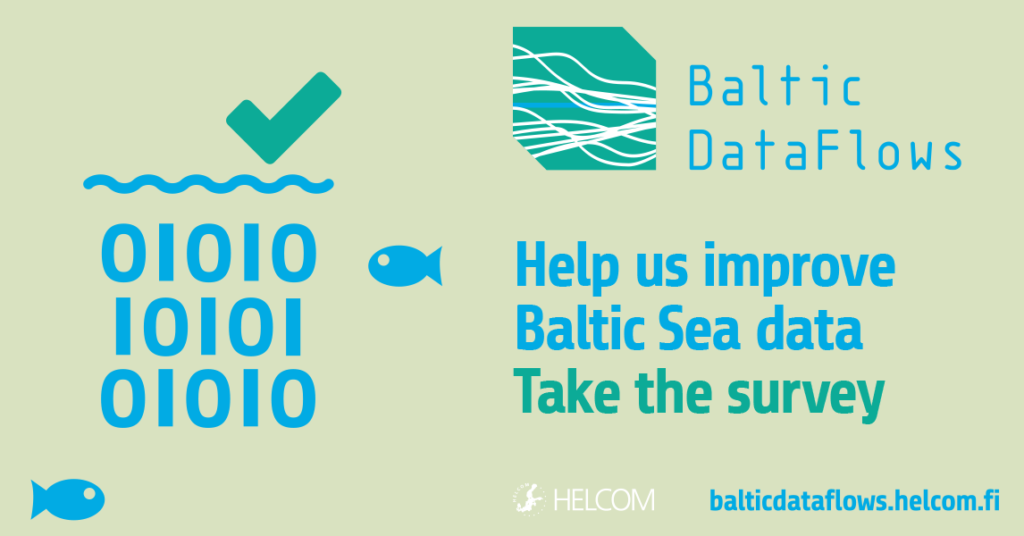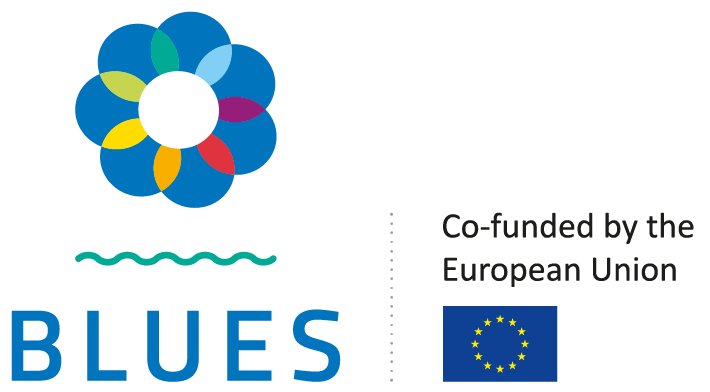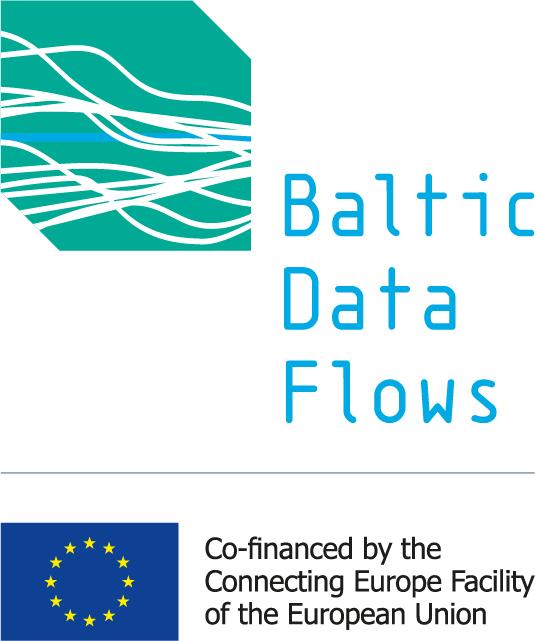The latest indicator evaluations on the status of the Baltic Sea marine environment have been published on the new HELCOM indicator website. The total number of indicators now amounts to 59, covering several major components of the Baltic Sea ecosystem including pelagic and benthic habitats, fish, waterbirds and marine mammals, as well as a number of human-induced pressures.
New indicators include the abundance and distribution of the harbour porpoise, the amount of beach litter, shallow water oxygen, as well as concentrations of copper, among others. Previously, there was no agreement or methodology in place to assess the status of these topics.
Several indicators also apply preliminary threshold values (for example, for underwater noise) and where possible, the threshold values have been made compatible with EU-wide processes. For the first time, threshold values for the number of drowned mammals and waterbirds in fishing gear (bycatch indicator) have been applied.
The HELCOM indicators support measuring progress towards regionally agreed targets and objectives defined in the Baltic Sea Action Plan (BSAP). The indicators provide a mechanism to monitor the effectiveness of the measures that have been put in place by regularly synthesizing common regional data into an evaluation of progress towards these goals and the BSAP vision. The evaluations contribute directly to the third HELCOM holistic assessment (HOLAS 3).
On the new website, the indicators can be filtered by type (driver/element/pressure/state), category (core/pre-core/supplementary) as well as policy relevance (BSAP segment and MSFD criteria). The development of the new HELCOM indicator website was implemented by the HELCOM BLUES project, co-funded by the European Union.
About HELCOM indicators
HELCOM indicators are developed to evaluate the status of biodiversity elements, evaluate other relevant environmental condition factors, evaluate human-induced pressures on the Baltic Sea, and support broader assessments and overviews in the region.
HELCOM indicators are measured in relation to regionally agreed threshold values, which are specific to each indicator. They may take the form of maximum, minimum or a range of values, and there can be variation in the threshold value(s) within an indicator (sub-regional) and between indicators.
The outcome of an indicator evaluation is expressed in terms of failing or achieving the threshold value and this is therefore indicative of if good environmental status is achieved or not for each specific indicator.
The indicators are selected based on ecological and policy relevance, measurability with monitoring data, and linkage to anthropogenic pressures. They are then developed by lead experts through regional cooperation, using the best available scientific knowledge. Each indicator is regularly reviewed and updated by technical and policy experts from across the region (HELCOM Expert and Working Groups). The work on introducing new indicators continues to cover all relevant topics and issues.
More information about the indicators can be found in the Indicator Manual.
